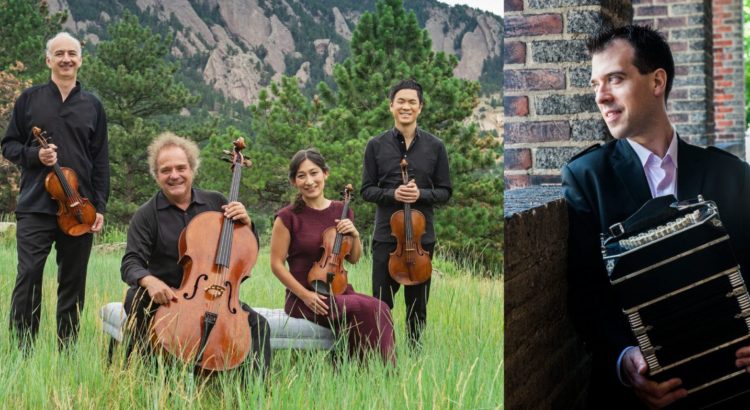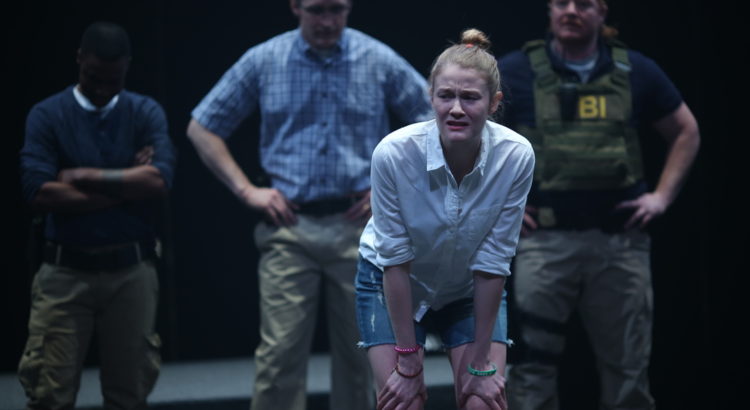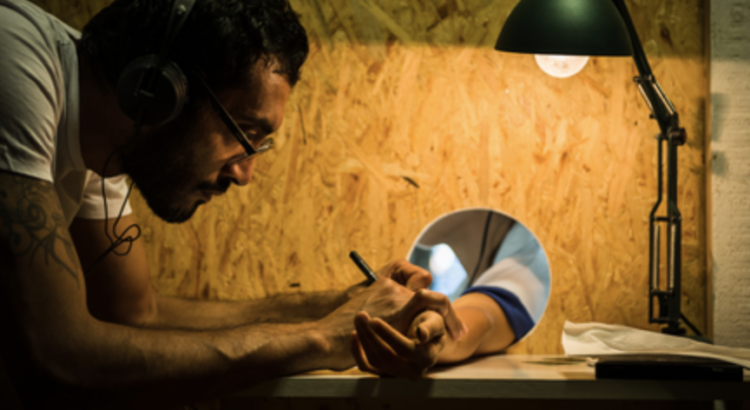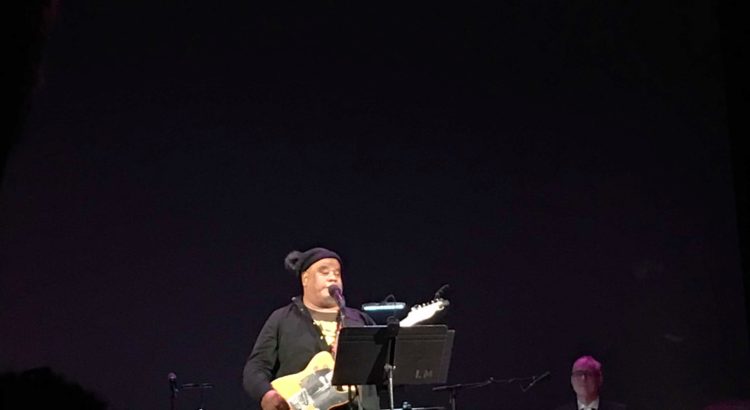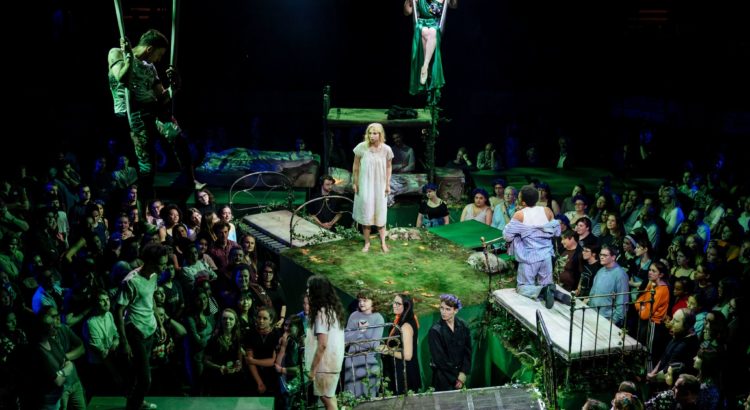Coming to this performance has reminded me of how remarkably similar listening to new music is to meeting new people. If you come into the interaction without any background knowledge—their origin, their influences, their motive—you might spend the whole time confused, struggling to construct their story from whatever you see at face value, or simply uninterested. It’s the reason why program notes exist, and why I typically like to search for the pieces on Youtube before I hear the performance. Yet, with its mixture of world-premieres, uncommon instrumental combinations, and reimagined pieces, this program definitely challenged typical means of music consumption.
I was immediately struck by how compact the bandoneon was and how it could achieve such crisp articulation and human-like phrasing. When Labro played, it felt like he was pumping his own breath and soul into the instrument. While the bandoneon is typically associated with tango, Labro also notified us that it was originally intended to play church music in small parishes in Germany. I didn’t quite believe him after he had performed Saluzzi’s Minguito, a groovy, pulsing Argentinian folk music-jazz hybrid incorporating percussive finger tapping against the sides of the instrument. However, his arrangement of Bach’s Wachet auf, ruft uns die Stimme, BMV 645 introduced an entirely new color and tone. In contrast to the previous push and pull of these tangled music lines, Labro’s Bach had a rich, organ-like sustain that put each voice in the four-part harmony on equal footing.
I was also surprised by how naturally the bandoneon fit in with the quartet. In the first co-commission by UMS and Music Accord, Bryce Dessner’s Circles, the bandoneon set the stage with an oscillating rhythm for the strings to weave between. At some point, the pulsating melodies aligned and transitioned into an icy, polyphonic whistle-like section. Meanwhile, in Labro’s Meditation No. 1, the bandoneon reinforced the ensemble’s warm, syrupy chords and shined in a rich, cadenza-esque solo. In Clarice Assad’s Clash, the second UMS-Music Accord co-commission and concert finale, the bandoneon delivered punching dissonant chords and almost upsetting slides as the strings incorporated various frictional textures and sound effects.
The Takács Quartet was able to show off their refined musicianship in the hauntingly beautiful Ravel String Quartet in F Major. Melding elements of tension and dissonance, the piece had a shiny quality that fit really nicely with the rest of the program while still bringing a whole new flavor of sound. The complex layered plucking of the second movement was truly a marvel—the audience felt compelled to applaud afterward even though it was still between movements.
One of the most experimental pieces was Labro’s Astoración, performed as a solo with a pre-recorded backing track. Described as “an imagined duet and conversation with Nuevo Tango master Astor Piazzolla,” the piece tugged at single notes before expanding into big dissonant chords. Meanwhile, the backing track echoed spoken narrative phrases and introduced a second bandoneon that Labro riffed with. At some point, he also pulled out an accordina—a small, hand-held wind instrument with similar sound qualities to a harmonica— for an added layer on top of the rhythmical background.
All in all, I feel that I had witnessed something remarkable last Friday. My roommate who accompanied me enjoyed it as well, although she admitted that some parts were “a lot”. Such is contemporary music!

